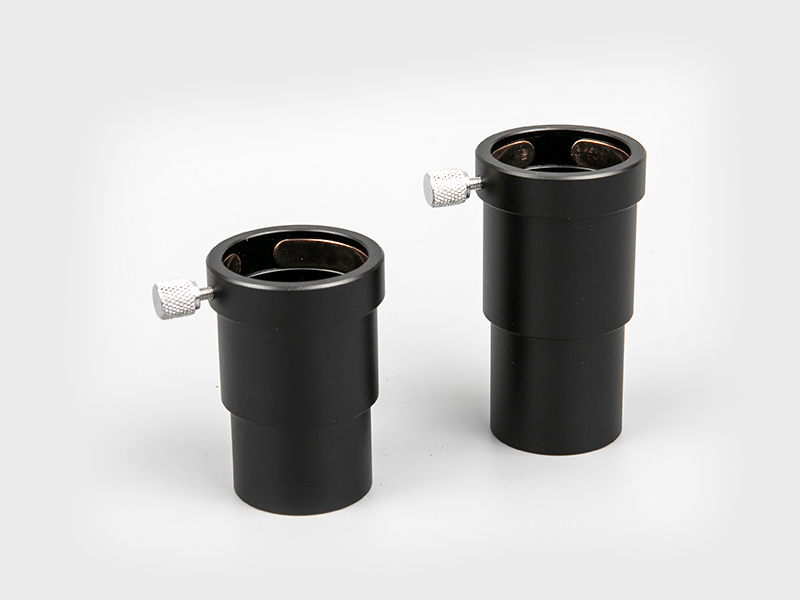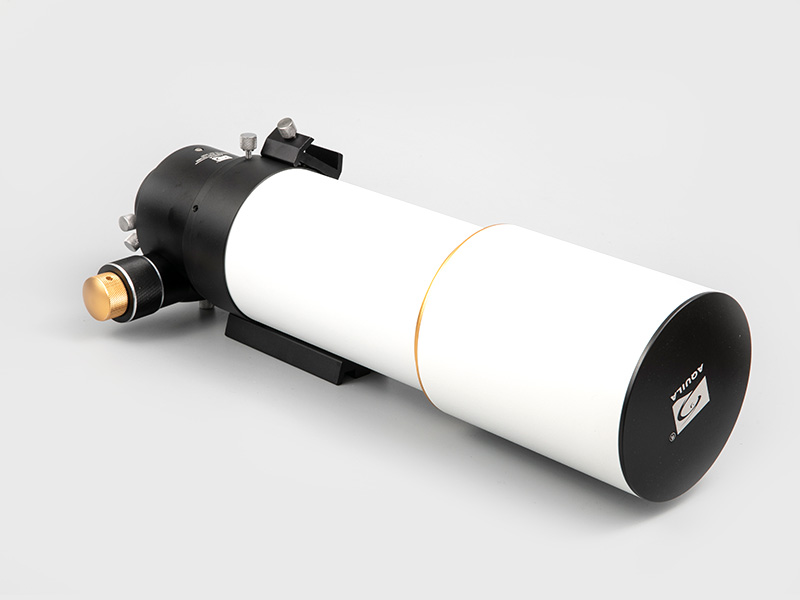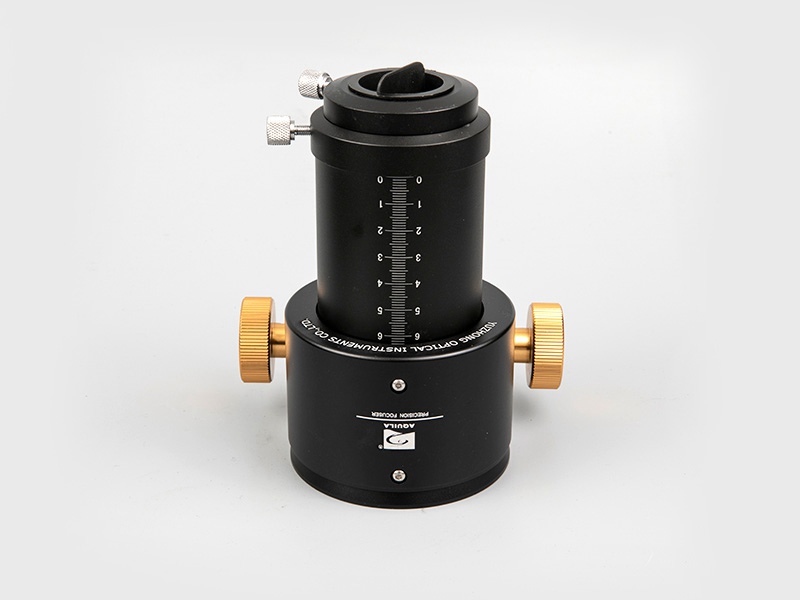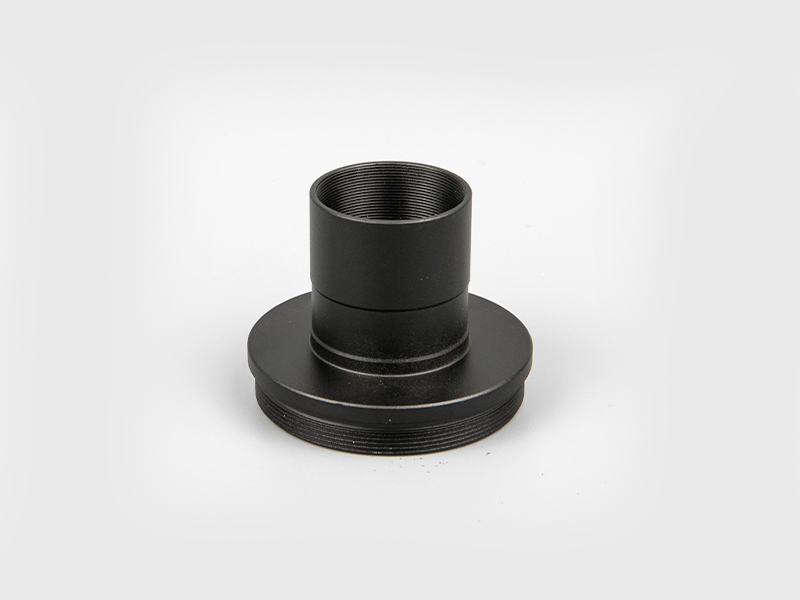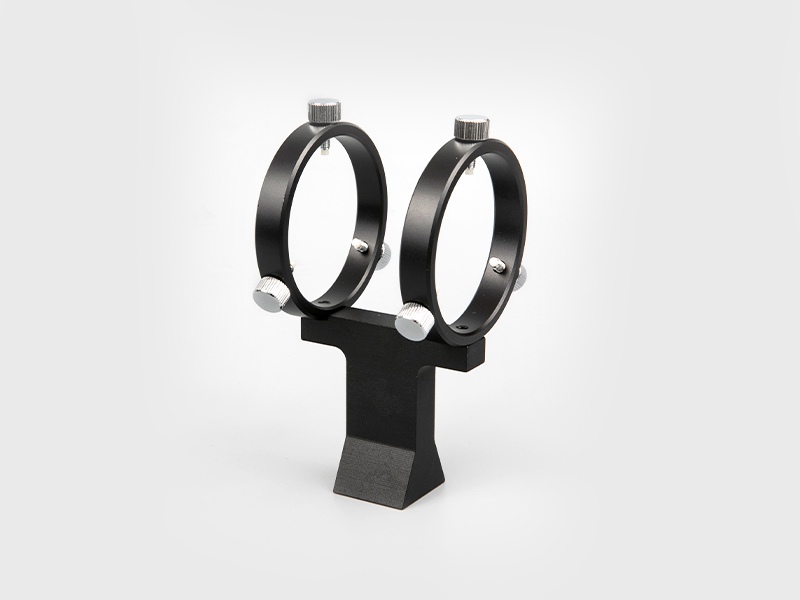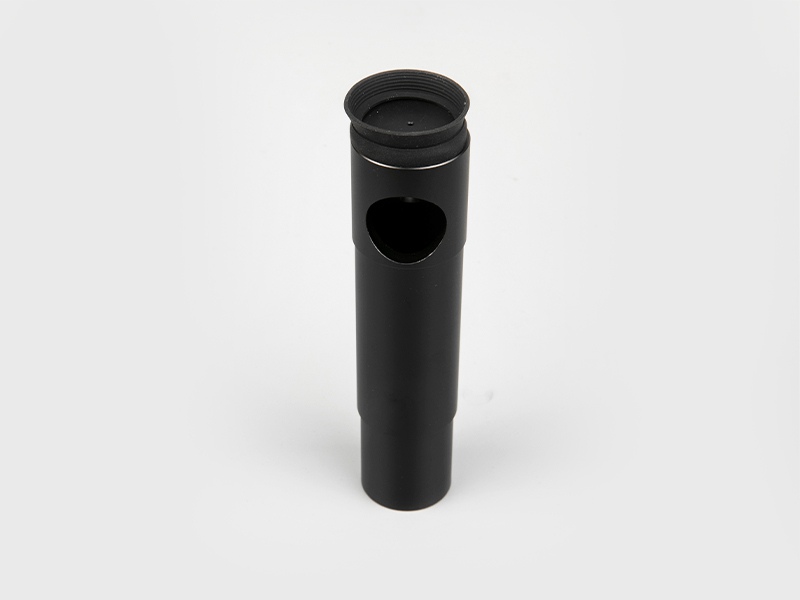In fact, the reasonable multiple of the telescope is related to the aperture of the telescope and the observation method: if the aperture is large, the multiple can be appropriately high, and if the telescope is fixed with a tripod, it can be higher than the handheld observation. If you choose hand-held binoculars for observation, 7-10 times are enough, and the largest should not exceed 12 times. Otherwise, the higher the multiple of the observation field, the smaller and darker the observation field will be, and the observation effect will also be reduced. In particular, the jitter caused by high power will increase greatly, making the observed scene unstable and difficult to observe normally.
In theory, the power of the telescope is inversely proportional to the field of view of the telescope. The higher the multiplier, the smaller the field of view. Therefore, the magnification of the telescope should not be too large. If the aperture of the 50mm binocular telescope reaches 20 times, the limit is basically reached. If the magnification is larger, the field of view will be too small.
First of all, binoculars have a strong three-dimensional effect, because when both eyes are used at the same time, the binoculars will be clearer and more comfortable to use. Binocular high-power telescopes are mainly used for scenic viewing, forest fire prevention, border guard posts, grassland grazing, family star watching, high-rise office viewing platforms, power inspection, etc. Here I am familiar with the cost-effectiveness, according to a reference in use:
1. Sightseeing telescope;
Generally, scanning telescopes and coin-operated telescopes are widely used in scenic spots. After all, in addition to giving tourists a different visual experience, earning a small operating fee is also a win-win situation.
2. Forest fire prevention and frontier defense;
In this regard, astronomical telescope lenses see farther, wider and more detailed. The sentinel mirror of the observation telescope is a precision optical instrument that can change the magnification, and is suitable for long-distance observation under various climatic conditions. It can also measure the distance, height, and angle between two targets. When observing various objects, it has a clear, comfortable, real, three-dimensional feeling. The telescope has a refraction adjustment mechanism, which can conveniently meet the observation requirements of people with different vision and pupil distances on objects at different distances.

 English
English 日本語
日本語 Deutsche
Deutsche España
España

